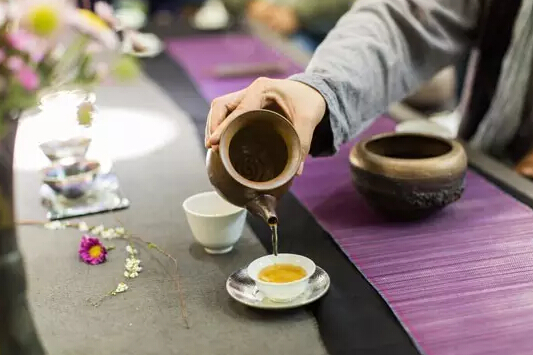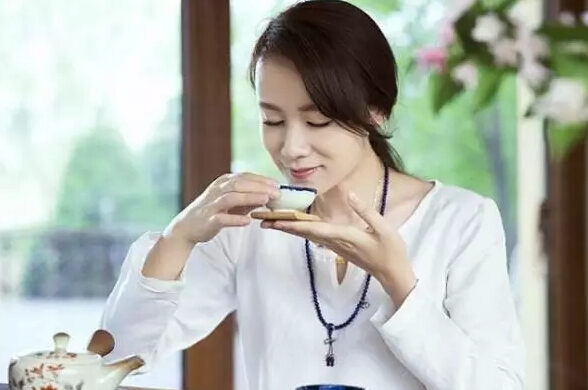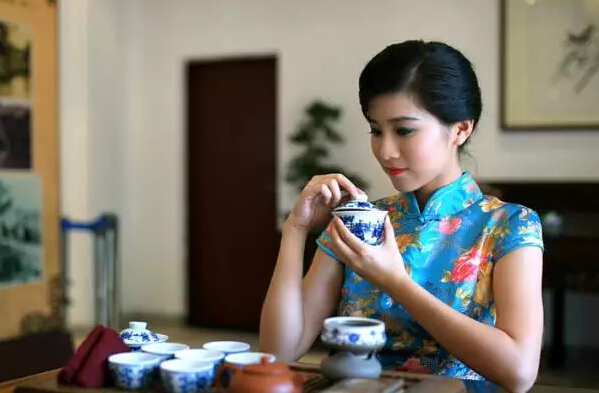Drinking tea can be either a casual or a refined activity. 'Refined' does not mean pretentious or artificially elegant, but rather about savoring the quality characteristics of tea and gaining experience in tea tasting and evaluation.
In daily life, you can start by observing the color, aroma, and taste of the tea soup to enhance your tea-tasting skills.
The color of the tea soup
After brewing a cup of tea, people instinctively observe the color of the tea soup, noting its hue, brightness, and clarity. Different types of tea leaves have their own standard colors: green tea has clear soup and green leaves, black tea has red soup and red leaves, and oolong tea (e.g., tieguanyin) has golden or yellow-green soup. It's important to note that tea soup can change color over time due to factors like temperature, light, and the temperature of the tea soup itself.
The main substance determining the color of the tea soup is tea polyphenols. Tea polyphenols are originally colorless, but during tea processing or storage, they oxidize and change color, gradually turning darker and eventually yellowish-brown. Among the factors affecting the color of the tea soup, time is the most critical. Therefore, after brewing tea, it's best to observe the color within 10 minutes to accurately judge the original color of the tea. Delaying this can easily lead to misjudgment.

The aroma of the tea soup
Evaluating aroma involves assessing its purity, whether there are any off-odors, the type of aroma (e.g., fresh, tender, floral, fruity), its intensity, and its persistence. The optimal temperature for smelling tea is 45°C–55°C. Above 60°C, the aroma becomes too hot for the nose, while below 30°C, the scent becomes muted and harder to discern.
When smelling tea, the ideal duration is 2–3 seconds, not exceeding 5 seconds or less than 1 second. To fully appreciate the aroma, it's best to place the entire nose inside the cup, bringing it closer to the tea soup. This expands the contact area for the aroma and enhances the nose's ability to detect scents. In winter, the evaluation should be quick, while in summer, it should begin within 3–5 minutes.

The taste of the tea soup
Tasting tea relies on the tongue, with different parts of the tongue sensitive to different flavors. The tip of the tongue is most sensitive to sweetness, the middle part to freshness, and the back to bitterness.
The optimal temperature for evaluating tea taste is 45°C–55°C. Above 70°C, the tea feels too hot, while below 40°C, the perception becomes dull, with increased astringency and concentration.
After sipping the tea, press the tip of the tongue against the upper front teeth, slightly part the lips, and lift the tongue slightly to spread the tea soup across the middle of the tongue. Then, slowly inhale air, allowing the tea soup to roll slightly on the tongue. This method helps more accurately identify the characteristics of the tea's taste.

Mere theory is 'armchair strategy.' To truly understand tea, you must practice—brew tea yourself and taste it yourself.